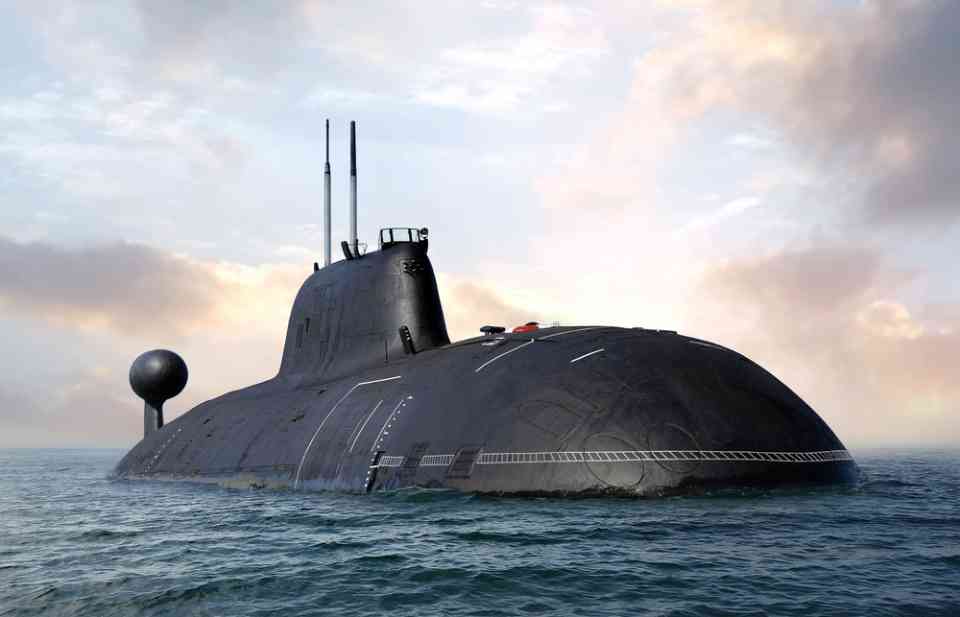Ships and Submarines of the United States Navy with the Largest Crews

The fleet of the U.S. Navy has 243 surface and underwater ships belonging to 19 different types. These include not only aircraft carriers but also attack ships, transport docks, and submarines, among others. Every class was designed for particular battles, observation, carrying, and various numbers of crew (from 30-man Cyclone-class patrol ships up to thousands of people containing aircraft carriers).
However, aircraft carriers occupy the center stage regarding crew size, where the lead Nimitz-class nuclear-powered supercarrier can hold as many as 5,680 personnel at a time. The Ford-class aircraft carrier has now taken over this class as one of the biggest ships in the world. With a crew of 4,660, the Ford class represents an advancement in battle capability and a reduction in maintenance costs, which indicates huge progress in technology. Currently, there exists only one functional Ford carrier, which marks the beginning of the new day.
Finally, the U.S. Navy’s America-class and Wasp-class amphibious assault ships have large crew sizes of more than 2,700 people each. They look like miniature aircraft carriers, which allow vertical and short takeoff and landing of helicopters and have a well-deck for landing boats. Put simply, the U.S. Navy’s fleet represents the epitome of strategic excellence, comprising various ships designed and equipped for diverse missions in contemporary maritime undertakings.
Let’s take a look at each one of them.
- Nimitz-class Aircraft Carrier
-
-
- Crew: 5,680
- Displacement: 114,000 tons
- Fleet Count: 10
- Year of Service: 1975
-
- Ford-class Aircraft Carrier
-
-
- Crew: 4,660
- Displacement: 112,000 tons
- Fleet Count: 1
- Year of Service: 2008
-
- Wasp-class Amphibious Assault Ship
-
-
- Crew: 2,979
- Displacement: 41,182 tons
- Fleet Count: 7
- Year of Service: 1995+
-
- America-class Amphibious Assault Ship
-
-
- Crew: 2,745
- Displacement: 46,000 tons
- Fleet Count: 2
- Year of Service: 2014
-
- Blue Ridge-class Command Ship
-
-
- Crew: 842
- Displacement: 18,875 tons
- Fleet Count: 2
- Year of Service: 1997
-
- Harpers Ferry-class Dock Landing Ship
-
-
- Crew: 825
- Displacement: 19,600 tons
- Fleet Count: 4
- Year of Service: 1989
-
- Whidbey Island-class Dock Landing Ship
-
-
- Crew: 413
- Displacement: 16,740 tons
- Fleet Count: 7
- Year of Service: 1970
-
- Arleigh Burke-class Guided Missile Destroyer
-
-
- Crew: 380
- Displacement: 9,215 tons
- Fleet Count: 68
- Year of Service: 2010
-
- San Antonio-class Amphibious Transport Dock
-
-
- Crew: 361
- Displacement: 25,000 tons
- Fleet Count: 11
- Year of Service: 2016
-
- Ticonderoga-class Cruiser
-
-
- Crew: 330
- Displacement: 9,600 tons
- Fleet Count: 22
- Year of Service: 1983
-
- Ohio-class Submarine
-
-
- Crew: 153
- Displacement (Surface): 16,765 tons
- Displacement (Submerged): 18,750 tons
- Fleet Count: 18
- Year of Service: 1985
-
- Seawolf-class Submarine
-
-
- Crew: 141
- Displacement (Surface): 8,600 tons
- Displacement (Submerged): 9,140 tons
- Fleet Count: 3
- Year of Service: 2004
-
- Zumwalt-class Guided Missile Destroyer
-
-
- Crew: 140
- Displacement: 14,500 tons
- Fleet Count: 2
- Year of Service: 1993
-
- Virginia-class Submarine
-
-
- Crew: 135
- Displacement (Surface): 7,800 tons
- Displacement (Submerged): 8,700 tons
- Fleet Count: 19
- Year of Service: 1987
-
- Los Angeles-class Submarine
-
-
- Crew: 134
- Displacement: 7,800 tons
- Fleet Count: 28
- Year of Service: 2006
-
- Freedom-class Littoral Combat Ship
-
-
- Crew: 125
- Displacement: 3,000 tons
- Fleet Count: 9
- Year of Service: 1991
-
- Avenger-class Mine Countermeasures Ship
-
-
- Crew: 81
- Displacement: 1,367 tons
- Fleet Count: 8
- Year of Service: 2017
-
- Independence-class Corvette
-
-
- Crew: 75
- Displacement: 3,300 tons
- Fleet Count: 12
- Year of Service: 1976
-
- Cyclone-class Patrol Ship
-
-
- Crew: 30
- Displacement: 335 tons
- Fleet Count: 10
- Year of Service: 1983
-
Have you read?
Greatest military strategists and leaders in history who have excelled in wartime.
Top countries that admire their CEOs and other C-suite leadership teams the most.
Top Women CEOs of America’s largest public companies (2023 List).
CEOs Of The Top Footwear Companies You Should Know.
Top CEOs of the World’s Largest Media Companies In 2023.
Best International High Schools In The World, 2023.
Bring the best of the CEOWORLD magazine's global journalism to audiences in the United States and around the world. - Add CEOWORLD magazine to your Google News feed.
Follow CEOWORLD magazine headlines on: Google News, LinkedIn, Twitter, and Facebook.
Copyright 2025 The CEOWORLD magazine. All rights reserved. This material (and any extract from it) must not be copied, redistributed or placed on any website, without CEOWORLD magazine' prior written consent. For media queries, please contact: info@ceoworld.biz








